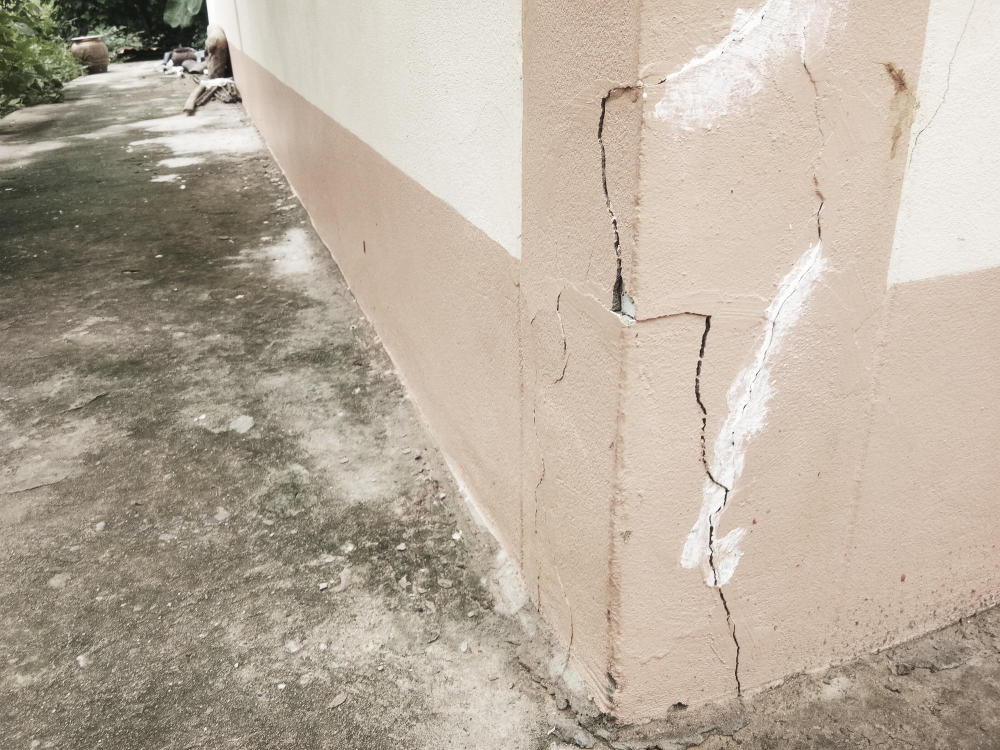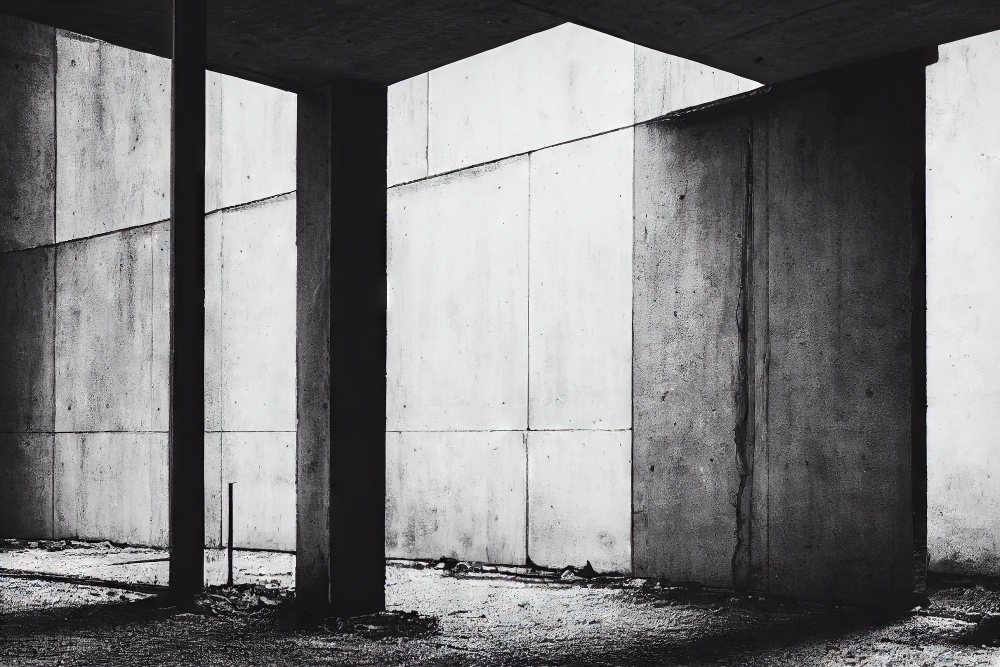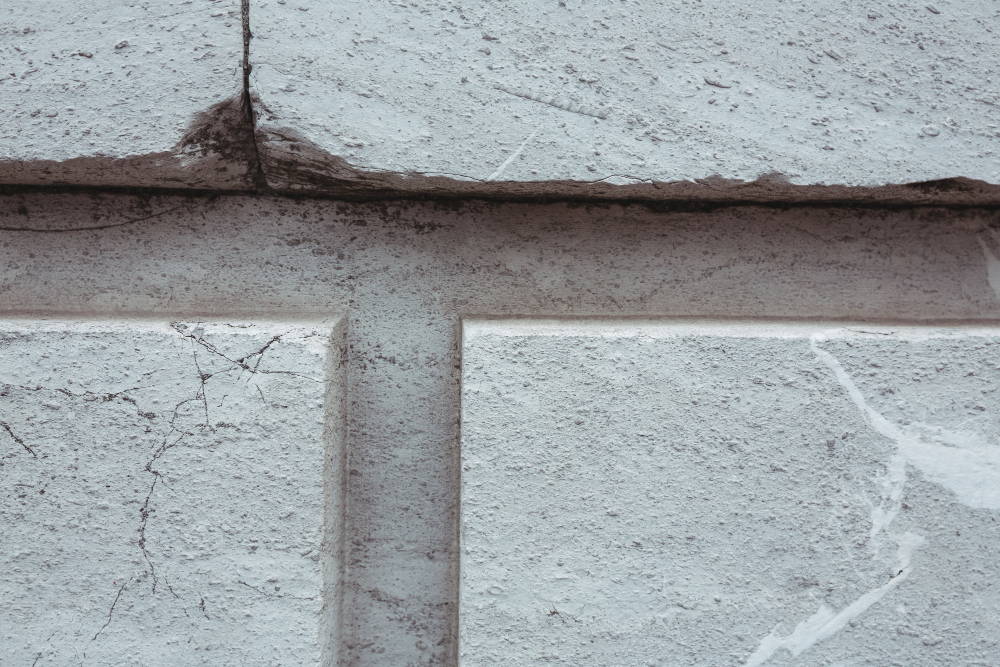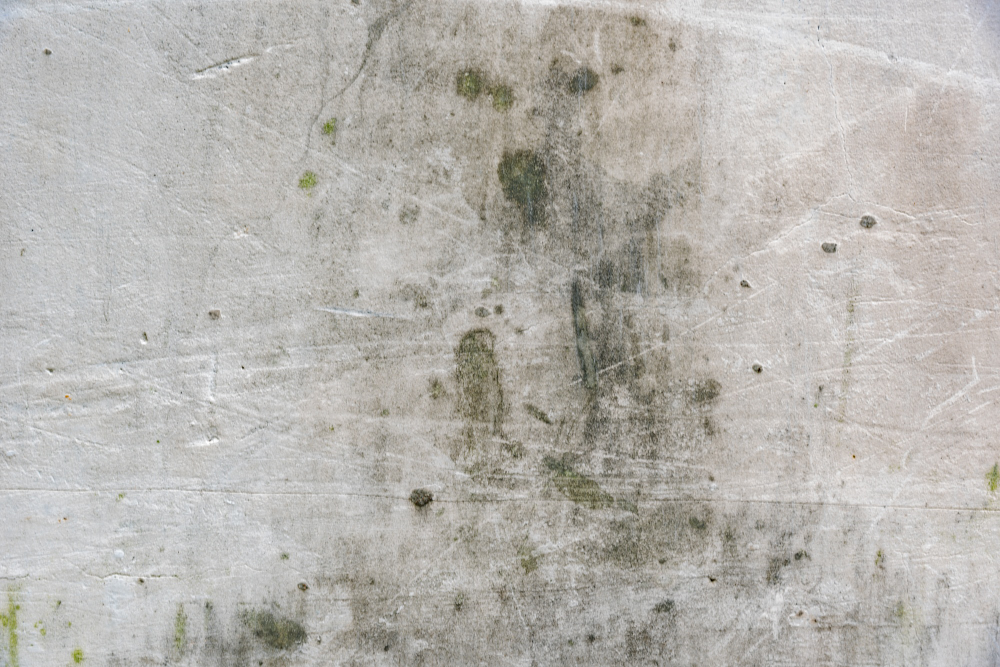Last updated on
Concrete, a fundamental building material, is known for its durability and longevity. However, even the most robust structures can show signs of wear and tear over time.
Recognizing the early indicators that your concrete needs attention is crucial to prevent further damage and maintain the integrity of your property. In this guide, we will delve into some key signs that signal the need for concrete repair, helping you identify and address issues before they escalate.
Cracks and Fractures

One of the most apparent signs that your concrete requires repair is the presence of cracks and fractures. Over time, exposure to environmental factors such as extreme weather conditions, freeze-thaw cycles, and heavy loads can lead to the development of cracks in the concrete surface. Small, hairline cracks may seem harmless at first, but they can gradually expand, compromising the structural integrity of the entire surface.
To assess the severity of the cracks, consider their size, location, and depth. Hairline cracks that are less than a quarter-inch wide may be superficial and can often be addressed with surface patching.
However, larger cracks, especially those extending deep into the concrete, may indicate more significant issues that require professional intervention. Ignoring cracks can lead to water infiltration, further exacerbating the problem by causing erosion and potential damage to the reinforcement within the concrete.
Uneven or Settling Concrete

Another critical sign that your concrete demands attention is unevenness or settling. Uneven surfaces can result from various factors, including soil settlement, poor compaction during construction, or the gradual shifting of the foundation. Walkways, driveways, and other concrete surfaces that exhibit signs of sinking or settling may pose safety hazards and compromise the aesthetics of your property.
To determine if your concrete is settling, carefully observe any noticeable slopes, depressions, or uneven surfaces. Additionally, pay attention to areas where water tends to accumulate, as pooling water is often a clear indicator of improper drainage caused by uneven concrete. Addressing settling issues promptly is essential to prevent further damage to the structure’s foundation and ensure the safety of those using the affected areas.
Surface Spalling

Surface spalling, characterized by the chipping, flaking, or scaling of the concrete surface, is a visual indicator of internal deterioration. This deterioration can result from a variety of factors, such as the use of poor-quality concrete, freeze-thaw cycles, or the presence of corrosive substances. Spalling not only diminishes the aesthetic appeal of the concrete but also exposes the underlying structure to additional damage.
Inspect the concrete surface for any signs of spalling, paying attention to areas where the concrete appears to be crumbling or peeling away. In severe cases, the underlying aggregate may become visible. Promptly addressing surface spalling is crucial to prevent further deterioration and extend the lifespan of the concrete. Repair methods may include patching, resurfacing, or, in more severe cases, complete replacement.
Unveiling the Hidden Threats

While cracks, settling, and spalling are visible signs of concrete distress, chemical deterioration is a subtler yet equally damaging concern that often goes unnoticed. Exposure to harsh chemicals, such as de-icing agents, acids, or pollutants, can compromise the composition of the concrete over time.
This type of deterioration may manifest as discoloration, surface roughness, or even a weakened structure. The impact of concrete chemicals becomes increasingly pronounced in industrial areas or locations with high pollution levels.
Regularly inspecting your concrete surfaces for signs of chemical damage is crucial, as addressing this issue promptly can prevent further deterioration and protect the structural integrity of the concrete. Applying protective sealants or coatings can act as a barrier against harmful concrete chemicals, enhancing the material’s resistance to environmental threats and prolonging its lifespan.
The Silent Menace
Water intrusion is a pervasive issue that can lead to a myriad of problems for concrete structures. Cracks, gaps, or porous surfaces can allow water to seep into the concrete, initiating a series of detrimental effects.
In freezing temperatures, water within the concrete can freeze and expand, exacerbating existing cracks and causing further damage. Additionally, water penetration can lead to the corrosion of reinforcing steel, compromising the structural integrity of the entire system.
Regularly inspecting your concrete surfaces for signs of water damage, such as efflorescence (white, powdery deposits), mold growth, or damp areas, is crucial. Addressing water intrusion promptly through proper drainage, sealing, or waterproofing measures can safeguard your concrete from extensive damage and prolong its lifespan.
Understanding the Thermal Threats
Extreme temperature fluctuations pose a significant threat to concrete structures, as they can induce thermal stresses that weaken the material over time. In regions with hot summers and cold winters, the repeated expansion and contraction of the concrete can lead to surface cracks and deterioration.
Understanding the thermal threats your concrete faces is essential for implementing preventive measures. This may include using expansion joints to accommodate temperature-related movement, applying insulating materials to minimize temperature differentials, or using air-entrained concrete mixtures that enhance freeze-thaw resistance.
By addressing temperature-related stress, you can mitigate the risk of structural damage and ensure the long-term durability of your concrete surfaces.
Understanding the signs that indicate the need for concrete repair is crucial for preserving the longevity and functionality of your structures. Whether dealing with visible issues like cracks and spalling or addressing hidden threats like chemical deterioration and water intrusion, timely intervention is key.
Regular inspections, proper maintenance, and implementing preventive measures tailored to your specific environmental conditions can help you avoid costly repairs and ensure that your concrete surfaces remain strong, durable, and aesthetically pleasing for years to come. By staying vigilant and proactive, you can protect your investment and enjoy the benefits of a well-maintained concrete environment.
Table of Contents




